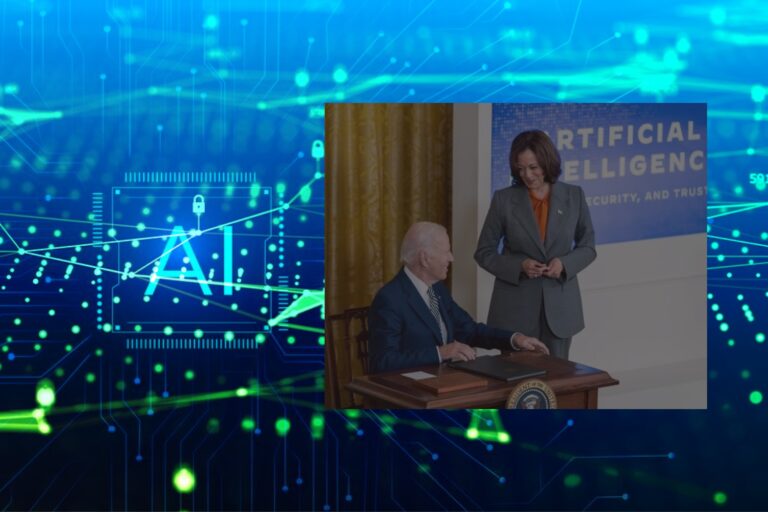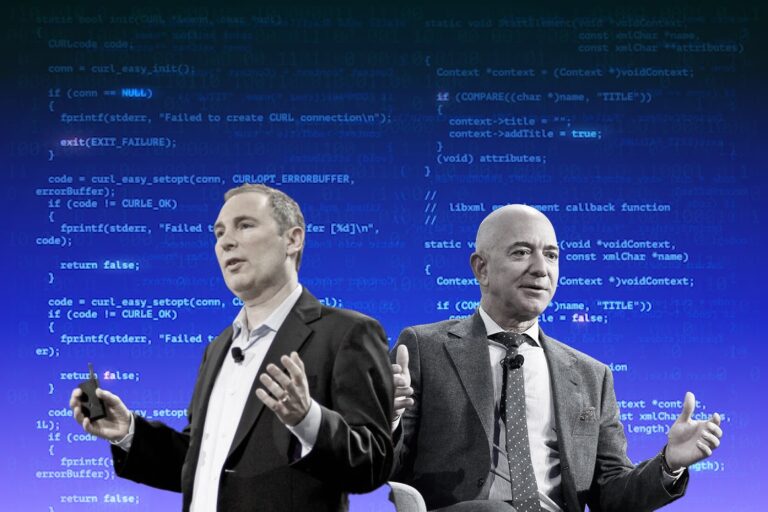Closing the Military Divide: How Shield AI Empowers Soldiers for the Future
Private investors are not yet coming up to support defense firms, but they have been watching closely.
There exist two factors guiding their investment considerations: first, some companies in the game must show that the defense sector is a prospect by their growth; and second, the US Department of Defense (DoD) has changed its approach to weapons development, focusing more on information warfare and, as a result, software.
And today, one of the biggest startups in the area is Shield AI — which creates platforms and aircraft for autonomous flying systems, targeting the U.S. military and its allies as customers.
Now Shield AI has entered a growth tear, as a fast-growing technology company that is applying self-driving car technologies to military aircraft, the startup brings an array of benefits to the field. To get to the place where they are at this moment, the company has to overcome a set of typical challenges in this game, let’s dive into their growth narratives to learn how they confront those obstacles.
Soldiers Attack the Pain Point of Technology Shortage
Shield AI founders – Ryan and Brandon Tseng, the middle children among four siblings, caught the entrepreneurship bug early. Their father had left the corporate world to start a modest business, and the brothers were ready to pick up the slack, starting competing paper routes as children—Brandon’s empire triumphed after a “hostile takeover” of their sister’s route.
Their careers diverged even earlier, with Brandon determining at the age of ten that he wanted to join a Navy SEAL. He earned a mechanical engineering degree from the Naval Academy before being deployed to the Persian Gulf, Southeast Asia, and Afghanistan.
Ryan Tseng graduated from the University of Florida with a degree in electrical engineering and, with the exception of a brief stint as a consultant at McKinsey, pursued a career in technology. He founded WiPower, then joined Qualcomm as an engineering manager after his firm was acquired in 2010. Ryan and Brandon both have M.B.A.s from MIT and Harvard Business School, respectively.
When Brandon Tseng was serving in Afghanistan, he saw his fellow Navy SEALs put themselves in harm’s way. Troops on the front lines may be charged with penetrating unknown terrain, such as a potentially explosive-rigged building.

When he returned to the United States, he presented his idea to his techie brother, Ryan. Initially suspicious, the older Tseng agreed after meeting with dozens of military experts who explained the logic of Brandon’s plan.
Ryan would serve as CEO (because of his past experience as a founder), Brandon as COO, and Andrew Reiter, a robotics engineer at MIT-affiliated Draper Laboratory, as the third cofounder and chief technology officer.
They created Shield AI in 2015, entering a tech industry that was bearish on national security and a national security scene that had yet to fully embrace artificial intelligence. It turns out that the company was ahead of its time.
When the trio first began seeking investors in 2015, the defense industry was on the outside of Silicon Valley. Thirty venture capitalists turned down their proposal to build a self-flying quadcopter, and when they tried to point to Peter Thiel’s Palantir and Elon Musk’s SpaceX as examples of success in the industry, investors quickly reminded them that they weren’t millionaires.
“They’re special; you’re not,” Ryan Tseng recalls being told. The only interest came from an investment group that offered to provide capital if the company pivoted to making “selfie drones.” The team quickly agreed not to compromise.
“We all got together, quit our jobs to make progress against the mission of protecting service members and civilians with artificial intelligence systems. Either we were going to do that, or we were going to go out of business trying,” says Ryan Tseng.
In the absence of professional investors, the three cofounders chose to rely on friends and family. They gathered up just over $100,000 to build a prototype. “Finances were tight for a long time,” Ryan explained.
In addition, the limited budget posed engineering challenges. For example, they had purchased a $2,000 lidar equipment from the manufacturer Hokuyo, which aids autonomous vehicles in measuring distances from objects. Ryan, who was keeping an eye on the money, maintained they’d have to return it someday in order to keep their fledgling firm afloat. However, in order to mount the lidar on the product, Andrew had to shorten its connection.
That means they won’t be able to return it. Not only did he have to find out how to fit an autonomous room-clearing AI system onto a quadcopter, but he also had to accomplish it while holding a multifoot-long cable to its side.
Six months later, in mid-2016, the trio persuaded Bloomberg Beta’s Shivon Zilis to pen a term sheet, which was followed by additional initial funding from Dorm Room Fund, Founders Collective, and Homebrew. “Closing our seed round gave us just enough resources to take a shot,” explains Ryan Tseng.
Finally having funds to work with, Shield AI’s was able to develop and build Nova, its first autonomous quadcopter. Similar to self-driving automobiles, AI is deployed to map areas and drive the drone, with the extra complication of the environment being unknown rather than structured like motorways.
The drone can self-fly both indoors and outdoors, and it can send maps and videos of its surroundings to a smartphone app even when it is dark, or GPS is unavailable.
In 2016, the company signed its first contract with the Defense Innovation Unit, which was founded the previous year as the Pentagon’s arm for technology advances. Shield AI’s products were deployed overseas for the first time two years later.
As a former Navy SEAL, Shield AI co-founder Brandon Tseng saw firsthand how intelligent autonomy may have saved lives. He wondered what the military of 2030 might look like and what role autonomy would play. AI pilots will power every military asset, including planes, drones, ships, satellites, and submarines.
What will the military look like in 2030, and what role will autonomy play? AI pilots will power every military asset, including planes, drones, ships, satellites, and submarines.
With that in mind, Shield AI has successfully developed a set of sophisticated tools to assist soldiers in combating opponents.
Facilitate A Set of Powerful Instruments for Safety
Shield AI’s manufacturing plant, known as the Hive, is located in an unassuming San Diego strip mall across the street from a Home Depot. Shield AI has maintained a scrappy, entrepreneurial mentality that is uncommon in the military business five years after its inception.
Nonetheless, the Hive’s exact, assembly-line organization, with its teams of engineers and exhaustive diagnostic checks on each Nova drone and Hivemind software update, is a long cry from the company’s bare-bones, couch-surfing early days.
Shield AI’s Hivemind software is an artificial intelligence pilot for military and commercial aircraft that allows intelligent teams of aircraft to conduct missions ranging from room clearance to penetrating air defense systems and dogfighting F-16s.
Hivemind combines cutting-edge algorithms for planning, mapping, and state estimation to enable aircraft to perform dynamic flight maneuvers, and it employs reinforcement learning for the discovery, learning, and execution of winning tactics and strategies.
Hivemind provides full autonomy on airplanes and is meant to operate completely on the edge, disconnected from the cloud, in high-threat, GPS- and communication-degraded conditions.
Shield AI’s hardware offerings include the Nova small-unmanned aircraft system (sUAS) and the V-BAT medium-size vertical take-off and landing (VTOL) UAS. Hivemind is incorporated onboard the Nova and has been in battle since 2018. It will soon be integrated onboard the V-BAT to further boost its class-leading capabilities.
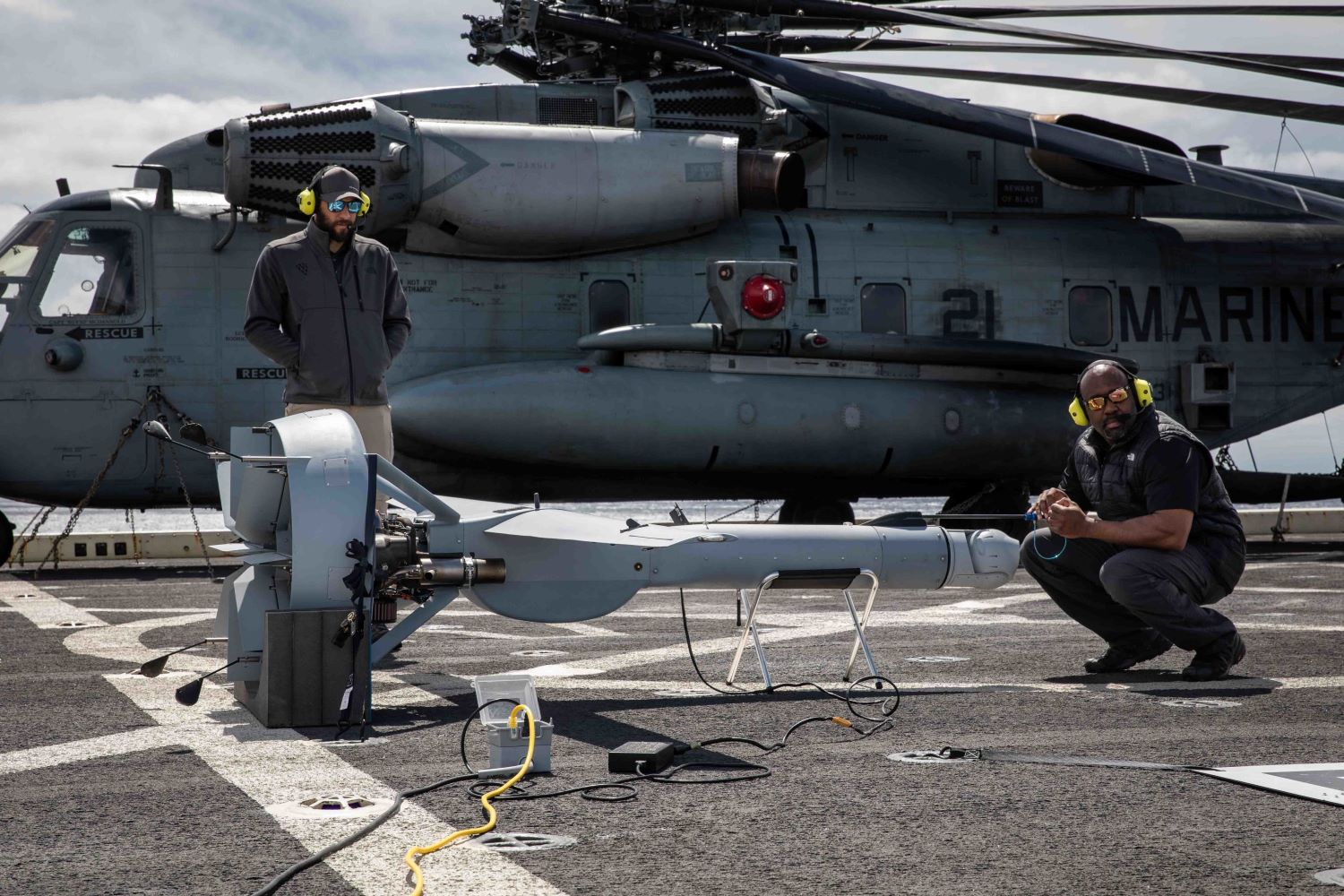
The first Nova enters the test facility’s ersatz building. The Nova II features new capabilities such as swarming and extended flying periods, as well as controls that have been changed based on feedback from field operators.
But it is Hivemind, the AI piloting the quadcopter, that the team feels has the ability to revolutionize the character of modern warfare. (Brandon compares the interaction between their Nova drones and Hivemind software to that of a Google phone and Android.)
The protected interior of a structure is a denied area, a location we cannot go to because we believe there is a threat. The concept extends to entire geographic regions.
In the past, soldiers going into denied areas—by air, land, or sea—would typically understand about their adversaries’ barriers when those same defenses fired on them, often at the cost of lives. Despite breakthroughs in sensor technology, limits persist, and seeing a live video from a human-piloted drone is frequently akin to hunting for a marble in your lawn through a drink straw.
But imagine a network of enemy air defenses featuring surface-to-air missiles, antiaircraft guns, and all the attendant sensors to detect incoming aircraft.
Rather than flying a human-piloted aircraft into that network with the intention of finding and evading those systems, Shield AI is hoping to deploy swarms of drones—of all sizes—to map threats in real time.
Now you aren’t searching for the earth with a single straw, but with thousands. These drones would not rely on satellite navigation (which is easily disrupted), and they would communicate with one another as their own network while mapping the battlefield.
It’s similar to clearing a room, except the room could be a country’s entire air, ground, or sea defenses.
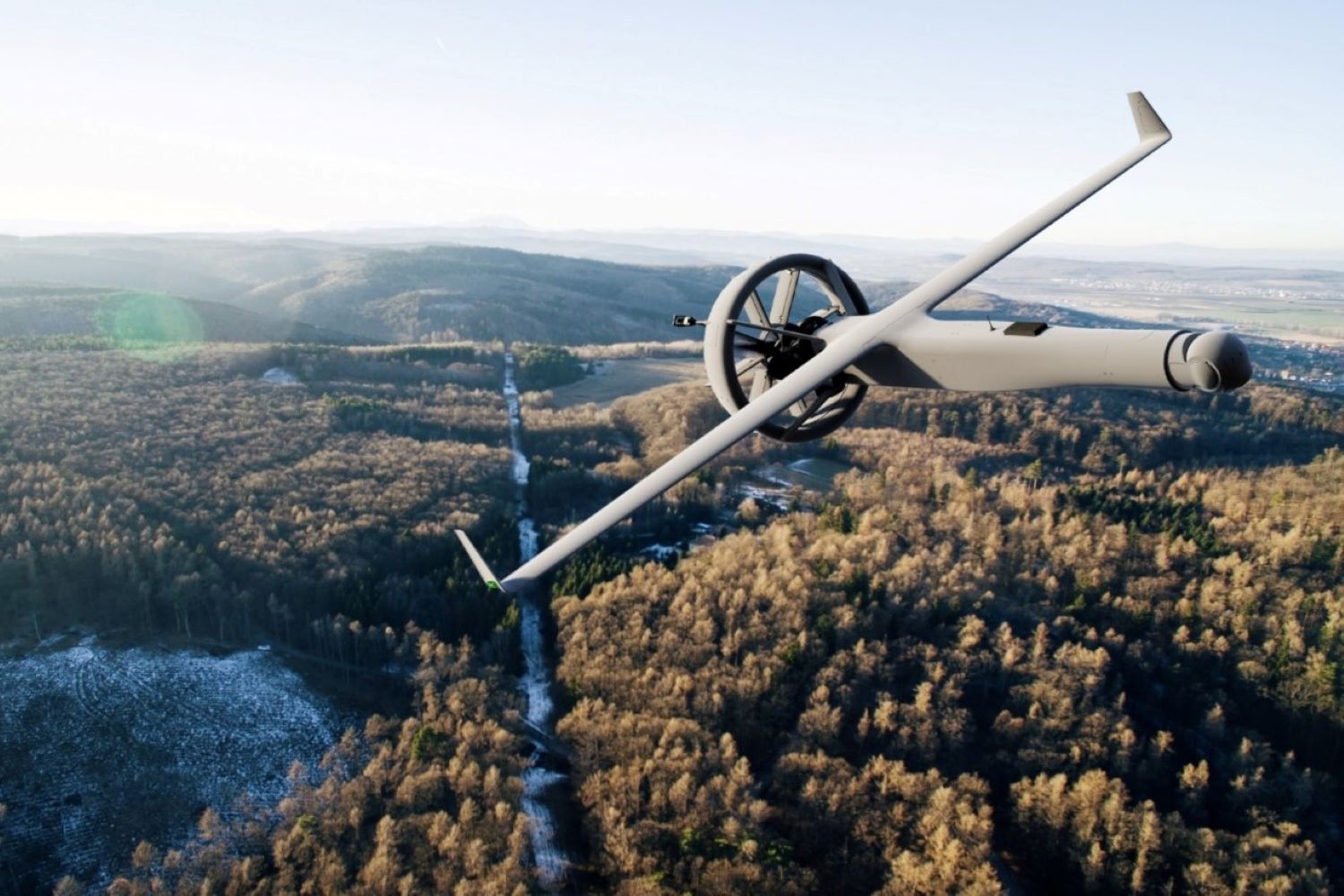
The big worry, of course, is that autonomous unarmed drones like the Nova, whose primary mission is force protection, will be the proverbial camel’s nose through the tent, leading to something even scarier: autonomous armed drones—a dystopian swarm of killer robots that can make their own decisions.
Shield says it has no immediate plans to develop armed drones.
The aerospace and defense industry’s economic recovery gained traction in 2022 as a result of growing concern over America’s shifting position as a military leader. Even while funding for other industries has decreased, the defense industry has received significant attention. This trend favors Shield AI because the company is one of the industry leaders.
Aidin the Backbone of the Nation, Shield AI Enters a Growth Tear
Shield AI, as the autonomous technology leader, has successfully raised an impressive total of $573.1 million in funding through 11 rounds.
Their latest funding, obtained on December 13, 2022, came in as an additional part of Shield AI’s Series E, and it brings the total round to $225 million. Shield AI announced the previous $165 million tranche in June, which gave the startup a valuation of $2.3 billion.
This latest $60 million came from a single investor, the US Innovative Technology Fund (USIT). The company actually closed this extra funding a week after the last round was announced, but it’s only announcing it now.
Previous investors in Shield AI include Snowpoint Ventures, Riot Ventures, Disruptive, Homebrew, Point72 Ventures, Andreessen Horowitz, Breyer Capital and SVB Capital.
The revelation comes at a difficult time for fundraising: investors have tightened their purse strings in response to tech companies experiencing a slowdown in business from the top down.
Startups who are having difficulty raising funds have had to decrease expenditures in order to demonstrate to their backers that they have business ideas that will expand and be successful. Even if they do all of that, they may still run out of money and have to close their doors.
Despite this, defense technology has been one of the tech industry’s standouts. For a variety of reasons, controversy has long surrounded the industry.
Nonetheless, global events and the larger economy, as well as the negative pressures on the broader tech industry, are causing some of those opinions to shift. Tensions between nations, terrorism and wars are all being played out on a technological level nowadays, and that requires providing those in combat with more effective instruments.
Closing The Gap to Win the AI Marathon with Computer Vision
“Imagine a footrace between two runners: Let’s call the first one China; and the second one the United States. The starting gun fires. China takes off. The United States can’t get out of the starting blocks.” Brandon Tseng stated in an article published on C4ISRNET.
“Now think of this race in terms of the last two decades. While the U.S. was busy leading the Global War on Terror, fully engaged in the present fight, China has been solely focused on innovating for future conflicts with the United States,” he added. “No better example exists than just days ago where the People’s Liberation Army (PLA) reportedly launched a brazen simulated attack on the Theodore Roosevelt carrier within Taiwan’s air defense zone.”
Secretary of Defense Lloyd Austin III addressed the future China threat openly at his recent confirmation hearings, pointing to the “continued erosion” of the US military’s edge not only against Beijing but also against Moscow.
He shared, “If left unchecked, this continued erosion could fundamentally challenge our ability to achieve U.S. national security objectives — and limit DoD’s ability to underpin other U.S. instruments of power,” said the newly confirmed defense secretary.
The battle for AI superiority in national security between China and the United States appears to be one in which the latter appears to be stuck in neutral while the former apparently races ahead. But, thankfully for the United States, the race is a marathon, not a sprint, and there are still opportunities for Washington to win.
But how exactly?
According to Brandon, the United States must first ensure that the wind is at its back during the marathon against China.
From his perspective as a former Navy SEAL and cofounder of an AI-focused defense technology startup, the wind must first consist of a clear definition of the intended objective or capabilities.
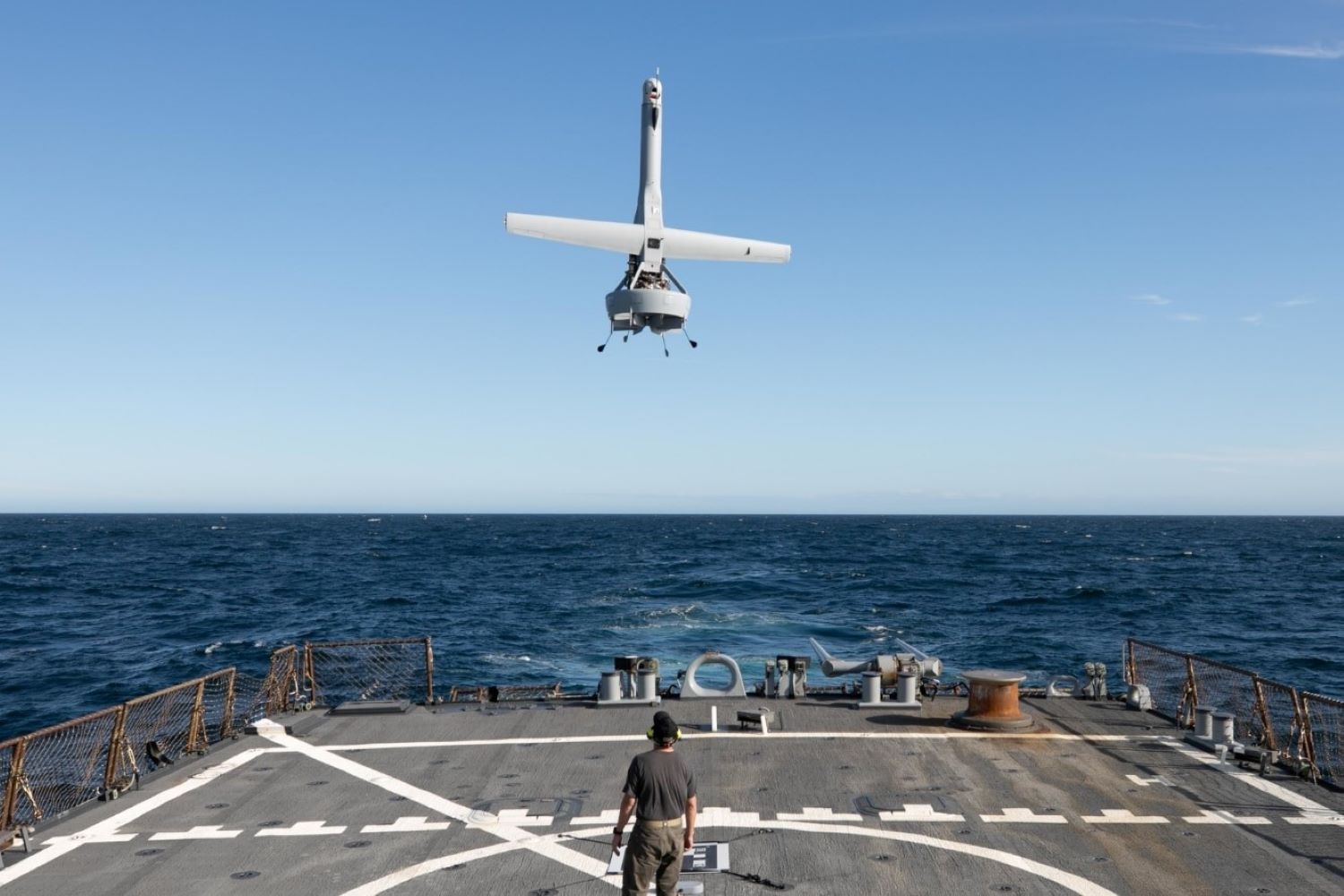
The DoD asking for AI is akin to asking for a nuclear reaction; do they want a bomb or a power plant for a submarine? AI can be used to enable unmanned systems to drive themselves without GPS or communications, to connect sensors to shooters, and to defend a cyber network. DoD AI objectives and capabilities must be clearly defined and articulated, then pursued with vigor and resources, according to Shield AI co-founder.
Because of the Chinese government’s major participation in its sectors, Beijing has been able to push its strongest AI technology businesses to take on crucial defense programs, whereas many top American corporations limit or refuse to take on AI defense projects entirely for a variety of reasons. This provides China with a vital advantage, to which America now has no response.
The Future of Defense Task Force, the National Security Commission on AI, and the National Defense Strategy have all urged for strategic investment in AI, yet DoD AI spending is still tactical, with the majority of its capabilities located far from the battlefield.
“But it would be wrong to assume that the race will be won simply by outspending Beijing. Innovation and rapid technology development through government and private industry partnership built by free-market incentives have been at the center of American victories in two World Wars and throughout the Cold War,” said Shield AI founder.
The Department of Defense must establish the right AI partnerships to offer the AI-products and capabilities needed to win this race. And right now, Shield AI appears to be one of the most compatible in the game.
Shield AI trains unmanned systems to perform a range of jobs, like clearing a building of hazards, by combining cutting-edge path planning, mapping, and computer vision algorithms with reinforcement learning and scalable simulations.
“With that in mind, it is important to note that entrepreneurs like myself and others in the tech industry optimize our companies for agility and speed. We make decisions at an accelerated pace because if we don’t continue to innovate, we die,” as the founder shared.
He went on, “DoD has developed many cutting-edge technologies — GPS, the internet and stealth to name a few. No one is asking DoD to transform into a Silicon Valley startup — far from it — but it does need to go back to its more risk-tolerant and accelerated decision-making roots.”
Let us not forget that obtaining needed wind is a two-way street: The private sector must do more to embrace certain aspects of DoD’s culture.
Both tech companies and the Department of Defense must see the reciprocal advantage of collaboration – harnessing the creative engine of American entrepreneurship and technology is the only way to beat China in the AI race.
Bottom lines
In line with his statement, Boeing and Shield AI inked a memorandum of understanding in the first quarter of 2023 to explore strategic collaboration in the areas of autonomous capabilities and artificial intelligence on current and future defense systems. Boeing Phantom Works will oversee the arrangement, which was formalized during the Air Force Association Warfare Symposium.
The same year, Northrop Grumman Corporation and Shield AI collaborated to compete in the Future Tactical Unmanned Aircraft System competition, the Increment 2, to replace the long-serving RQ-7B Shadow tactical unmanned aerial system.
These new collaborations represent Shield AI’s effort to improve America’s competitive advantage in maintaining the nation’s position in battle. This is significant because when the balance of nations breaks down, we will witness nothing but chaos.



